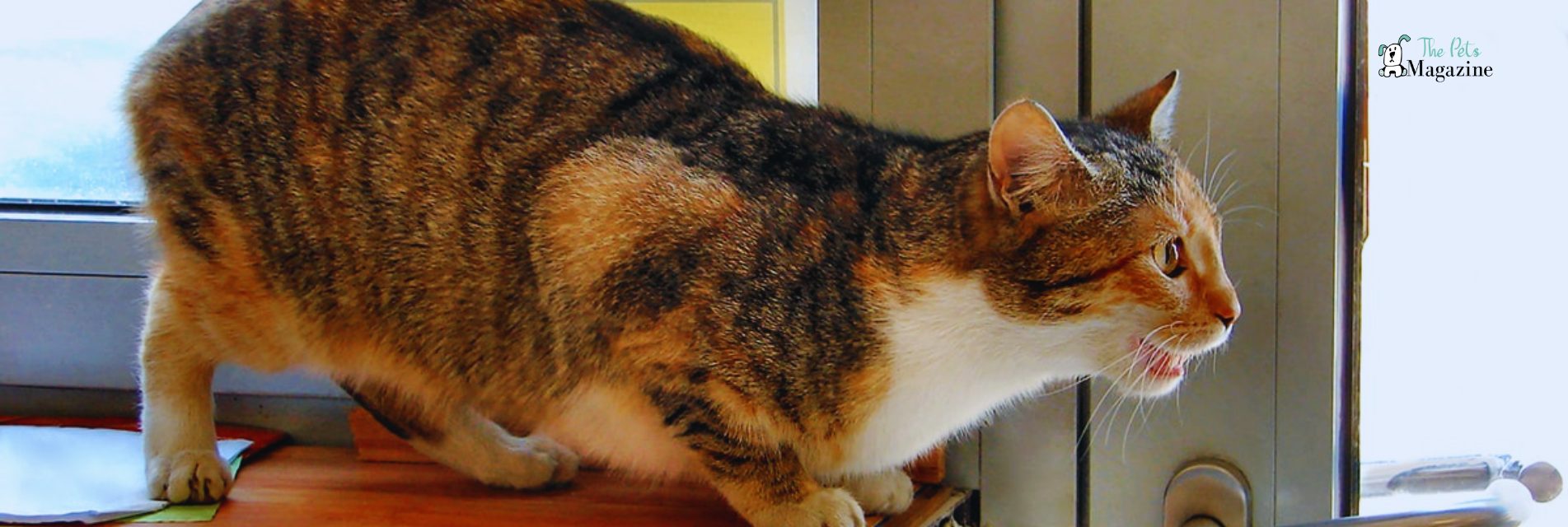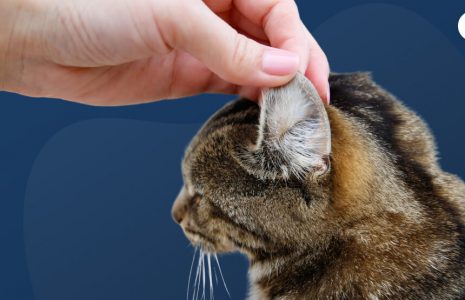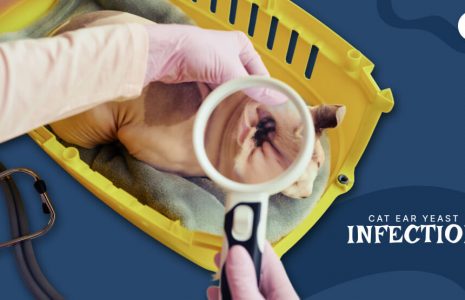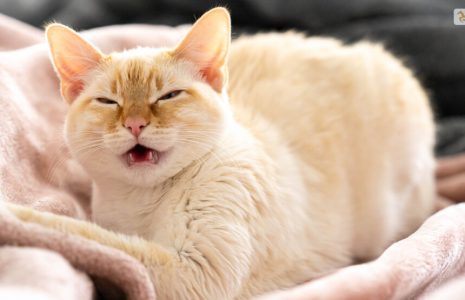Understanding How Long Is A Cat In Heat and its Impact on Your Feline Friend’s Health


On average, a female cat stays in heat for around 4 to 7 days. However, it could happen that they stay in heat for 2 days or for as long as 3 weeks.
Unlike humans, the reproductive cycle of a cat is unique and is influenced by various factors, including environmental conditions as well.
A cat in heat is also different for different breeds. There are some specific breeds, like the Siamese cat, that go into heat from 4 months of age, while it takes other breeds around 10 months to go into heat.
Larger cat breeds might take some more time to mature. When a cat reaches about 80% of their adult weight, their puberty begins.
What Is Mating Season In Cats?
The mating season of a cat depends on various factors, such as geographic location. For instance, in the Northern Hemisphere, their mating season is from March to September, whereas in the Southern Hemisphere, the mating season is from September to March.
However, indoor cats who live in a regulated temperature can remain in heat all year long. This is because we are assuming the cat is not spayed, and the temperature and lighting of the indoor environment act as the natural setting for mating.
There is another contributing factor that can trigger this, and that is the presence of another cat. Once they find the right conditions, their reproductive cycle begins.
Cat In Heat: What Are The Phases?
A cat’s heat cycle can be divided into four distinct phases. Those are:
Proestrus
This is the beginning of the heat cycle and lasts for just one to two days. You might notice behavioral changes, like restlessness and showing a lot of emotions.
Estrus
This is the most crucial phase of the heat cycle. This is the time when they are fertile and ready to mate. This phase varies from cat to cat, but lasts around 4 to 7 days.
Metestrus
This is the time frame between the estrus cycles. Cats can induce ovulators, meaning they only release eggs when they mate with a male cat. But if no eggs are fertilized, it is known as metestrus.
Anestrus
Cats only go into this cycle for some times in the year. In between their active cycles, there are generally two to three months of a gap, without any hormone activity, which is known as anestrus.
How Long Does A Cat Stay In Heat?
The duration of a cat in heat cycle depends on various factors, such as their age, breed, and environmental conditions. However, on average, they stay in heat for around one to two weeks.
But some cats might have longer or shorter heat cycles. It is important that you keep a close eye on their behavior and consult with a veterinarian if you think something is off.
Signs That Your Cat Is In Heat

If you are aware of the signs of a cat in heat, you will be able to understand them better and get them the required care during that time. Some of the common signs that your cat is in heat are:
- Increased vocalization
- Rolling on the floor
- Increased affection
- Having a poor appetite
- Urinating frequently
When Will My Female Kitten Go Into Heat?
Female kittens generally reach sexual maturity and go into heat when they are six to ten months of age. But the exact age and time depend on individual cats and their breed.
You need to be aware of their condition and consult a vet accordingly to know when they are about to go into heat. Moreover, you can try early spaying to prevent unwanted pregnancies, and then you will not have to monitor their heat cycles anymore.
Reasons To Prevent Female Cats From Going Into Heat
The moment a kitten is in their first heat cycle, she will be able to get pregnant. She will want to find a mate and will cry out to make a sound as if she is in agony. She might even roll around and rub on anything she finds in front of her.
If she is an indoor cat, she will try to escape the house to find a mate. There are various reasons why you should prevent her from going into heat.
- It might be dangerous for them outside. They might get lost or injure themselves. Moreover, it might be safe for them, but it could lead to an unwanted pregnancy.
- Once they go out during their heat, they might get into their heat cycle every few weeks until she is spayed and become pregnant. This is unhealthy for them, and they might lose weight. They might start overgrooming and show behavioral issues.
- Also, unspayed cats are at a higher risk of developing some health issues, like mammary tumors and urinary infections. Spaying can reduce these risks and improve their overall well-being.
Ways To Prevent Your Cat From Going Into Heat
There are different ways to prevent a cat from going into heat. Here are some of the methods mentioned.
- The most effective and common method is spaying. This method is popularly known as an ovariohysterectomy. Basically, this is a surgical removal of a cat’s uterus and ovaries.
- If you do not want to spay your cat, you can try hormonal contraceptives like pills or injections. This will suppress their heat cycles temporarily. However, there are several side effects of these pills.
Health Risks Associated With Multiple Heat Cycles
Allowing your female cat to go through multiple heat cycles can pose certain health risks. One of the most significant risks is the development of uterine infections, also known as pyometra.
Pyometra is a potentially life-threatening condition in which the uterus becomes infected and filled with pus. Spaying your cat eliminates the risk of pyometra and ensures her long-term health.
Another health risk associated with multiple heat cycles is the increased likelihood of mammary tumors.
Female cats that have gone through multiple heat cycles have a higher chance of developing mammary tumors compared to spayed cats. Also, spaying your cat before her first heat cycle significantly reduces the risk of mammary tumors.
Spaying As A Solution To Prevent Heat Cycles
Spaying your cat is the most effective and recommended solution to prevent heat cycles and the associated health risks. Besides eliminating the risk of unwanted pregnancies and reducing the chances of certain health issues, spaying has several other benefits.
Spayed cats are less likely to roam and exhibit aggressive behavior, reducing the risk of fights and potential injuries. Additionally, spaying can help control the cat population and prevent the overpopulation of stray cats.
Why Is It Important To Learn About The Heat Cycle In Cats?
Understanding the cat in heat cycle is crucial for every cat owner. Knowing how long a cat stays in heat and recognizing the signs can help you provide appropriate care and make informed decisions about spaying.
Preventing your female cat from going into heat not only eliminates the risk of unwanted pregnancies but also reduces the chances of certain health issues.
If you have a female cat that has not been spayed, consider consulting with a veterinarian to discuss the benefits of spaying and to schedule the procedure.
Taking proactive steps to prevent heat cycles can significantly improve your cat’s quality of life and ensure their long-term health.








Leave A Comment